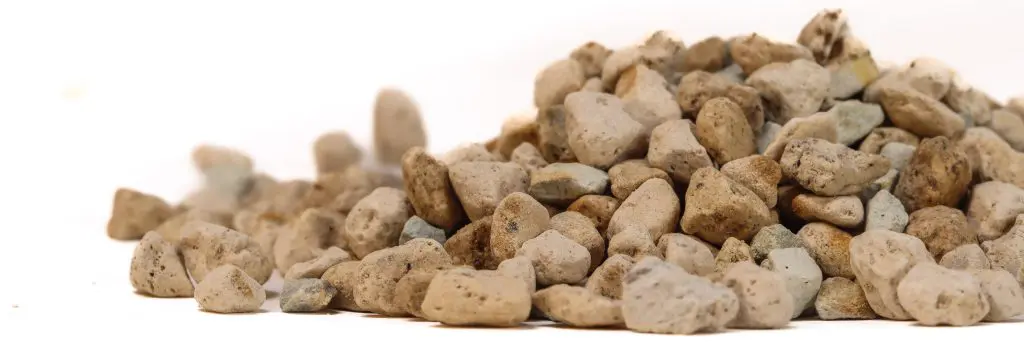Add a little dilute fertilizer to water when watering.





Yucca elephantipes is a specimen plant used for the architectural value of its leaf clusters, sprouting from upright or branched trunks of varying height.
Latin name
Yucca elephantipes (2pp)
Pronunciation
(“YUK-ah ell-eff-an-TY-peez”)
Common name
Yucca elephantipes
Origin
Southern Mexico and Central America
It is suitable for bright sunny indoor areas. Indoor Yucca plants are produced by lopping off stem sections from mature specimens. Once rooted, clusters of long, leathery leaves sprout from buds hidden in these truncated stems. In time, these form long branches, which give the plant a great deal of character. Yucca leaves are usually deep green with rough edges although variegated types are also available. Yucca’s occasionally flower, producing clusters of creamy-white bell shaped flowers. In their native countries, Yucca’s have been used as a source of medicine, food, fibre and even as a soap-like substance that is made from the crushed roots.
Did you know?
Yucca elephantipes, commonly known as the Spineless Yucca or Giant Yucca, gets its species name from the swollen, trunk-like base that resembles an elephant’s foot.
Yucca elephantipes is toxic to pets if ingested. It contains saponins, which can cause vomiting, drooling, and weakness in cats and dogs. It is generally considered safe for humans but should not be eaten.
caring for your plant

Light
High – very high.

Watering
Water sparingly and allow the soil to dry out between watering.

Pruning
Long leggy branches can be cut back, which will allow dormant buds lower down the stem to break and produce new whorls of leaves.

Feeding

pest & diseases
Mealybugs, scale and spider mites may appear, especially in warm spaces; wipe them off with a cloth. In humid conditions, Botrytis and mildew can develop and may be fatal. Handle leaves carefully.
Our plants are grown in Ecoponic, an alternative to soil. Officially known as a vulkaponic substrate, it replaces traditional compost with a clean, mineral-based medium that helps protect peatlands.
According to the IUCN UK Peatland Programme, “A loss of only 5% of UK peatland carbon would be equal to the UK’s annual greenhouse gas emissions.” As well as storing carbon, the natural wetlands where peat is found are critical to the survival of plants and wildlife. Ecoponic also improves plant health and uses water more efficiently.
Find out more about Ecoponic here.


Buy one of my cousins from the nursery
Did you know?
Research from the University of Exeter found that offices with plants can increase productivity by up to 15% while also improving concentration and job satisfaction.
Plantopedia is brought to you as part of our Engage & Bloom workplace experience program.
explore more
Why not continue your journey through the plant world. Explore more plants, their stories, habitats and the benefits they bring to spaces.






